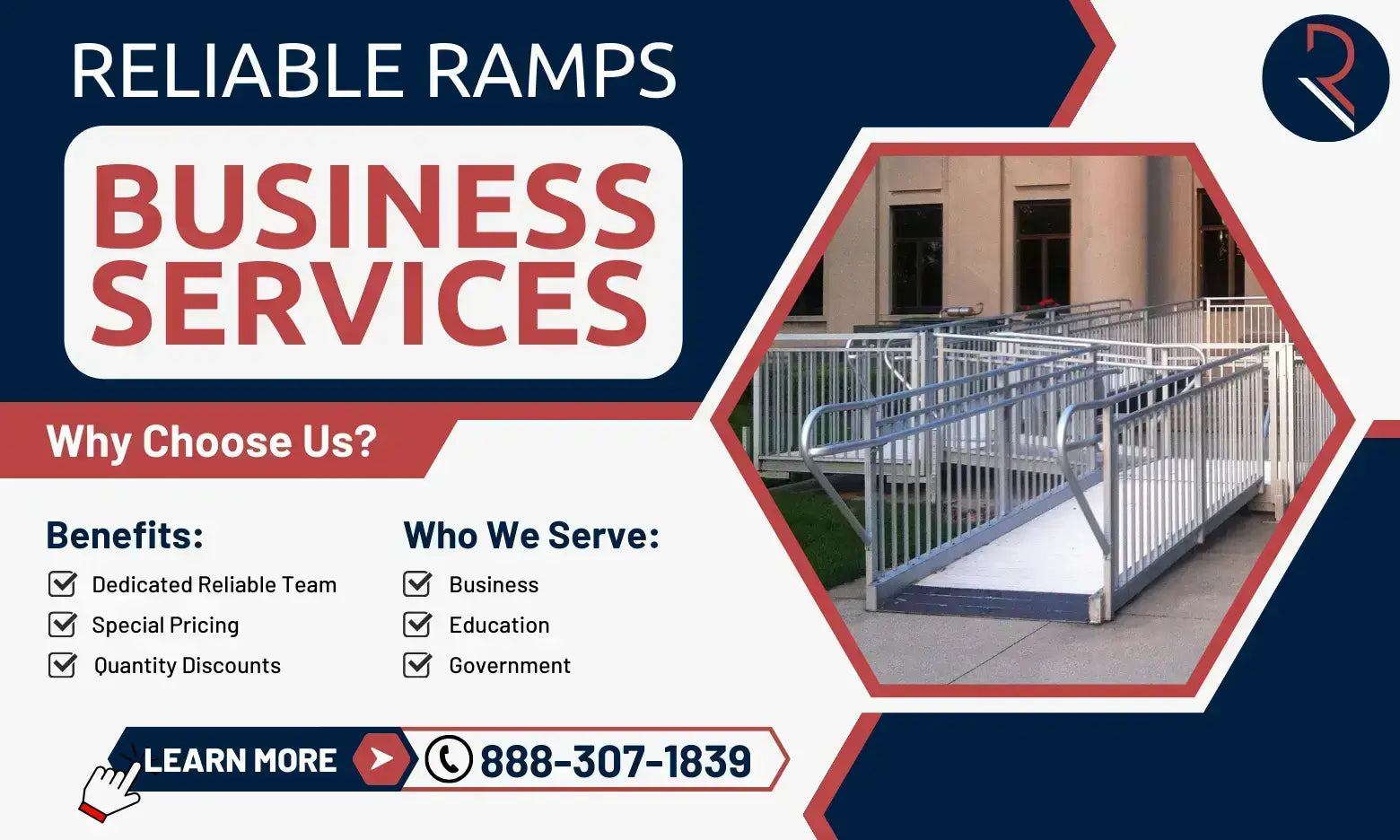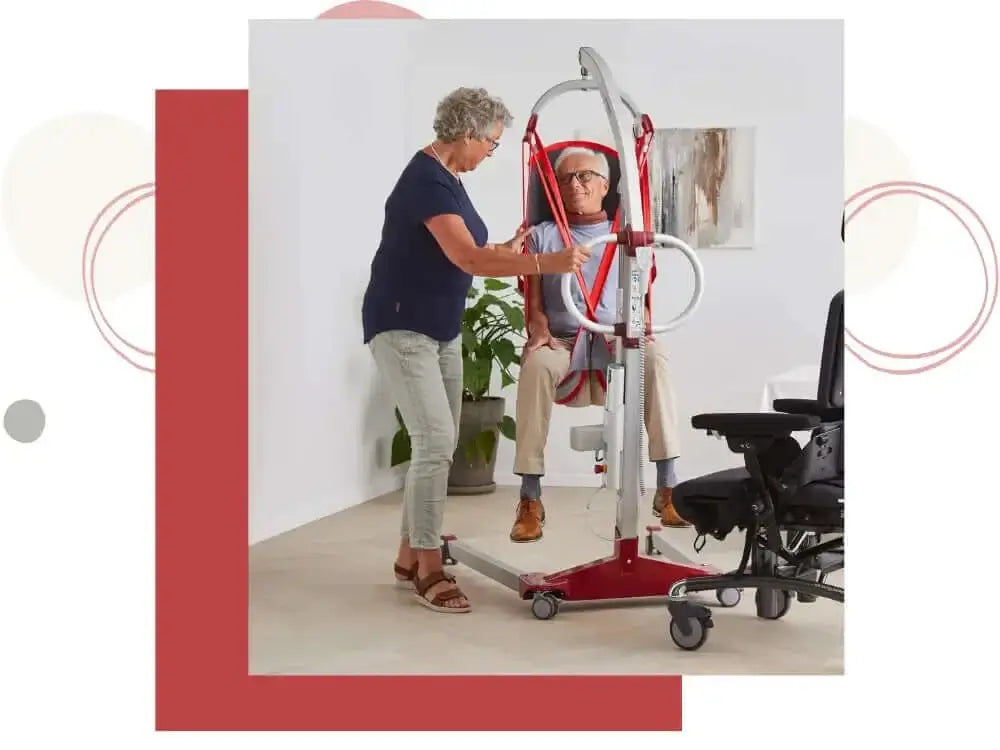
For individuals with mobility challenges, whether due to age, injury, or disability, patient lift slings and portable ramps provide essential support for daily activities. These devices enhance safety, independence, and convenience, ensuring smoother transfers and improved accessibility. This guide explores the importance of both patient lift slings and portable ramps, their benefits, and how to choose the right one for your needs.
Understanding Patient Lift Slings
A patient lift sling is a device designed to assist caregivers in safely transferring individuals from one position to another—such as from a bed to a wheelchair or from a wheelchair to a shower chair. These slings work in conjunction with patient lifts, ensuring safe and efficient movement for both the patient and the caregiver.
Types of Patient Lift Slings
Full-Body Slings – Provide maximum support for individuals with little to no mobility.
U-Slings – Offer comfortable support and easier application under the patient.
Toileting Slings – Designed for ease of access during toileting and hygiene needs.
Standing Slings – Assist individuals who have some weight-bearing ability and need support while standing.
Mesh Slings – Ideal for bathing and showering as they allow water to pass through easily.
Benefits of Using Patient Lift Slings
Reduces Strain on Caregivers: Minimizes manual lifting and prevents injuries.
Increases Patient Safety: Prevents falls and enhances stability during transfers.
Promotes Comfort: Designed to provide proper weight distribution and prevent pressure sores.
Versatile Applications: Suitable for home care, hospitals, and assisted living facilities.

Choosing the Right Patient Lift Sling
When selecting a patient lift sling, consider the following:
Weight Capacity – Ensure the sling can support the patient’s weight.
Material – Choose breathable fabric for comfort, or waterproof material for shower use.
Compatibility – Check that the sling works with your existing patient lift system.
Ease of Use – Consider how simple it is to apply and remove the sling.
The Role of Portable Ramps in Accessibility
Portable ramps are crucial for wheelchair users and individuals who require mobility aids. They help bridge height gaps, making homes, vehicles, and public spaces more accessible. Portable ramps come in various designs to accommodate different needs.
Types of Portable Ramps
Threshold Ramps – Small ramps designed to help with minor height differences, such as doorways.
Folding Ramps – Compact, foldable, and easy to transport.
Telescoping Ramps – Adjustable in length, ideal for vehicles and stairs.
Modular Ramps – Permanent but still removable ramps for homes and businesses.
Roll-Up Ramps – Lightweight and easy to store for quick deployment.
Benefits of Portable Ramps
Enhanced Accessibility: Enables wheelchair users to navigate steps, curbs, and vehicles with ease.
Lightweight and Portable: Many ramps are designed for easy transport and storage.
Versatile Use: Works for home, travel, and business locations.
Non-Slip Surface: Ensures safety even in wet conditions.
Choosing the Right Portable Ramp
To select the best ramp for your needs, consider:
Weight Capacity – Ensure the ramp can hold the intended weight.
Length and Slope – Check compatibility with the height difference you need to overcome.
Portability – If you travel frequently, opt for a lightweight and foldable design.
Surface Grip – Choose a ramp with anti-slip features for added safety.
Patient Lift Slings vs. Portable Ramps: How They Complement Each Other
Both patient lift slings and portable ramps play vital roles in improving mobility and independence.
Patient lift slings assist in transferring individuals safely from one position to another within a home or healthcare setting.
Portable ramps help overcome obstacles like stairs, curbs, and vehicle access, making outdoor and indoor spaces more accessible.
By combining the two, caregivers and patients experience seamless mobility solutions that reduce risks and enhance freedom.
FAQs
1. Can patient lift slings be used without a mechanical lift?
No, patient lift slings are designed to be used with mechanical lifts for safe and effective transfers. Manual lifting without a lift can lead to injuries.
2. How do I maintain a patient lift sling?
Check for wear and tear regularly, follow washing instructions, and replace slings when they show signs of weakening.

Both patient lift slings and portable ramps are crucial tools in improving mobility, accessibility, and safety for individuals with mobility challenges. Choosing the right equipment based on personal needs and environment ensures greater independence and ease of movement. By investing in quality patient lift slings and portable ramps, users and caregivers alike benefit from enhanced comfort, safety, and overall quality of life.